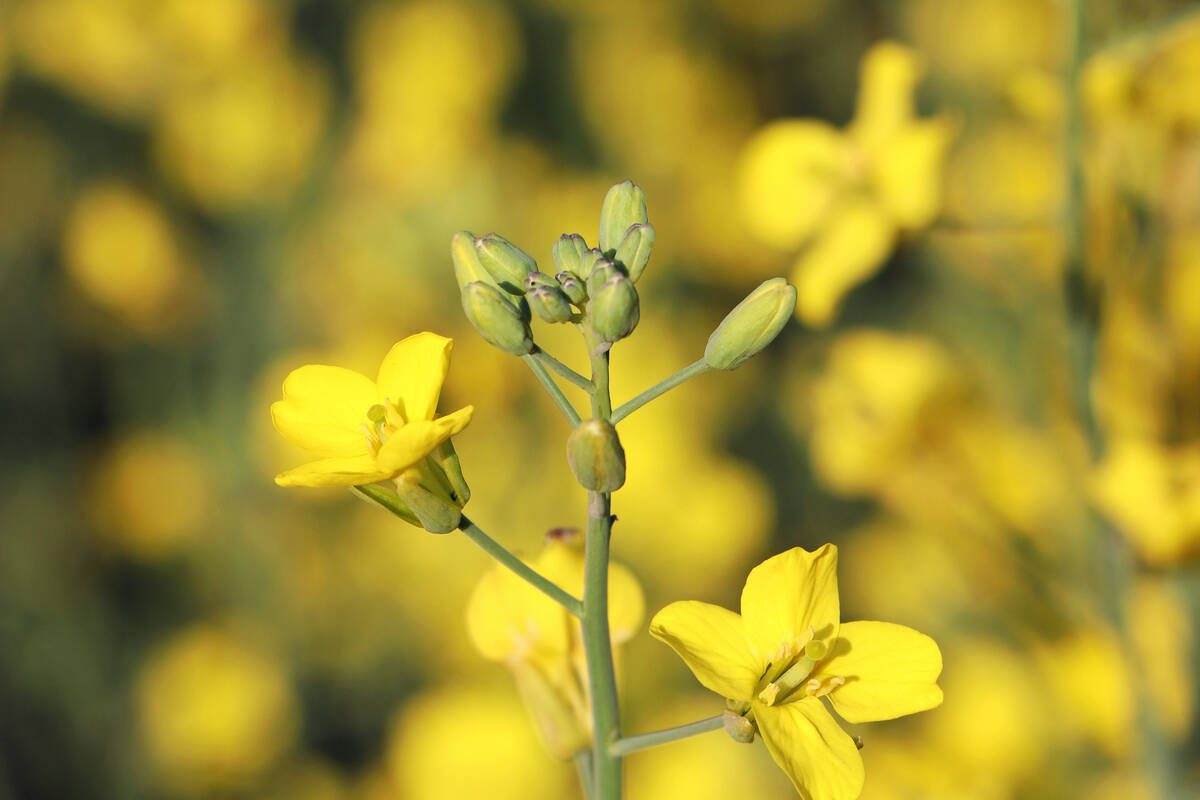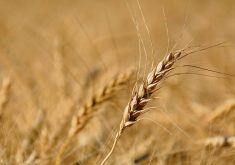MarketsFarm — Canola contracts on the ICE Futures platform drifted lower during the week ended Wednesday, although the market remains stuck in a sideways trading pattern overall as participants try to get a better handle on the size of this year’s crop.
An upcoming supply/demand report from the U.S. Department of Agriculture also has the potential to sway the market.
“We’re just waiting to see how yields come out of the field… and the USDA report on Friday (Sept. 10),” said Jamie Wilton of RJ O’Brien in Winnipeg.
Read Also

China rapeseed meal futures see largest one-day gain in almost three months after Xi–Carney talks
China’s most active Zhengzhou rapeseed (canola) meal futures posted their largest daily gain in nearly three months on Monday, after Canadian Prime Minister Mark Carney and Chinese President Xi Jinping met in South Korea last week without securing a breakthrough on tariffs.
The canola harvest is still in its early stages across most of the Prairies, with the summer drought leading to disappointing yields in many cases.
One southern Manitoba farmer noted some fields in his area were only hitting bushels per acre in the single digits. However, he added, fields that lucked out with timely rains were doing much better.
Statistics Canada pegged the crop at 14.7 million tonnes in a recent report. While that would be the smallest crop of the past decade, it still came in above trade expectations.
Meanwhile, in a separate report released Wednesday, the government agency pegged canola ending stocks in the country, as of July 31, at 1.8 million tonnes. While that figure was roughly half of the previous year’s carryout, it still came in well above market guesses.
While the eventual size of the Canadian canola crop will play a major role in the futures market going forward, much of the direction will also continue to stem from the larger U.S. soybean market.
The September supply/demand estimates from USDA could lead to nearby price swings, if there are any surprises in the data.
— Phil Franz-Warkentin reports for MarketsFarm from Winnipeg.













